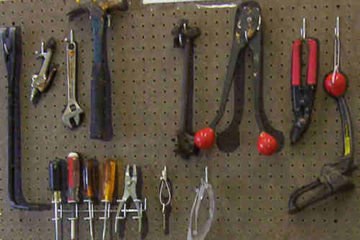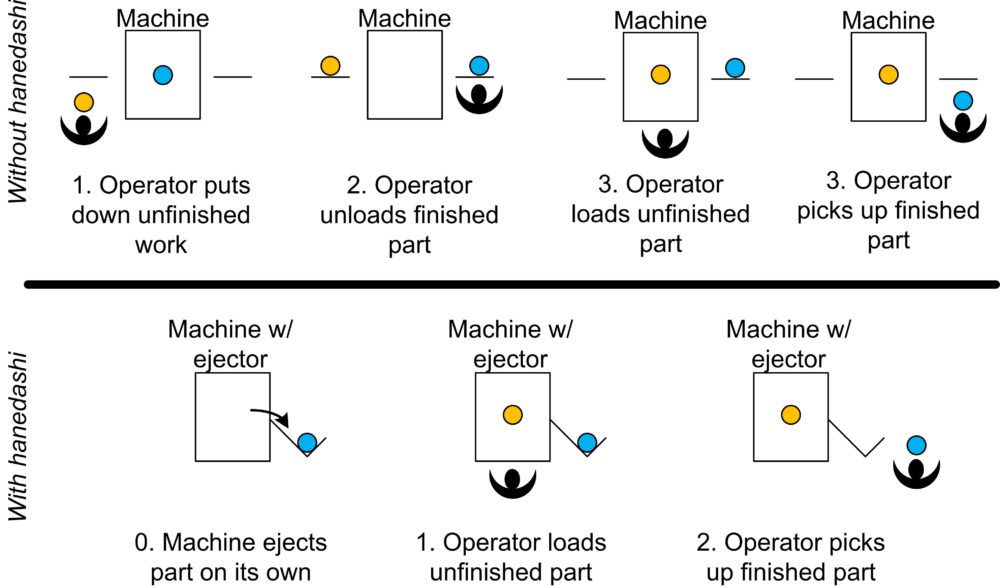Analysis Paralysis
Analysis paralysis is the act of bogging down a problem-solving effort by continuing to crunch data despite diminishing returns. Analysis of data is critical to problem solving. Without it, you are just guessing. But there comes a point where the effort stops paying off, and all it ends up doing is delaying any actual solutions. The biggest reason behind analysis paralysis is that people are scared. They are afraid to make a bad decision and Read more…









